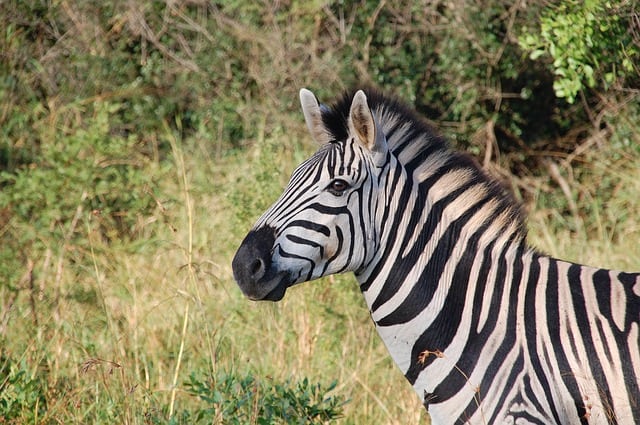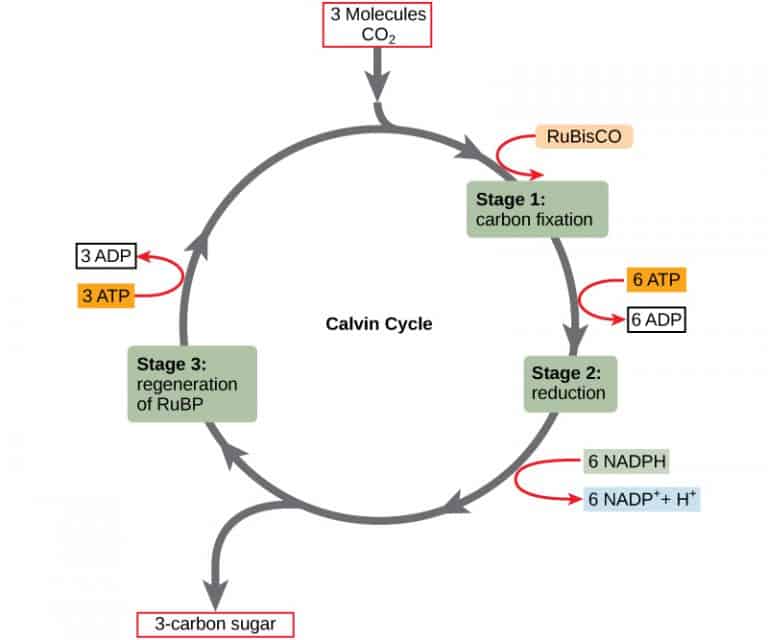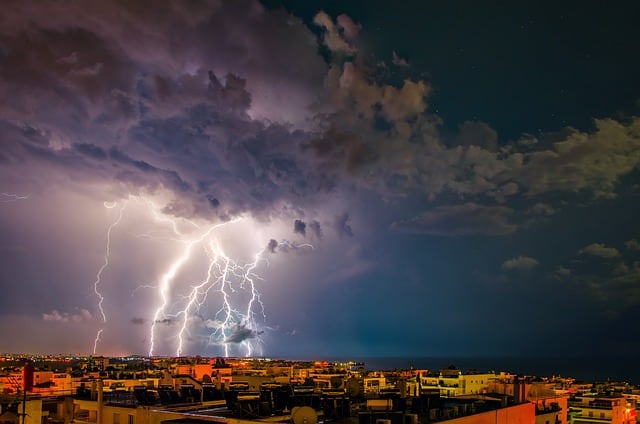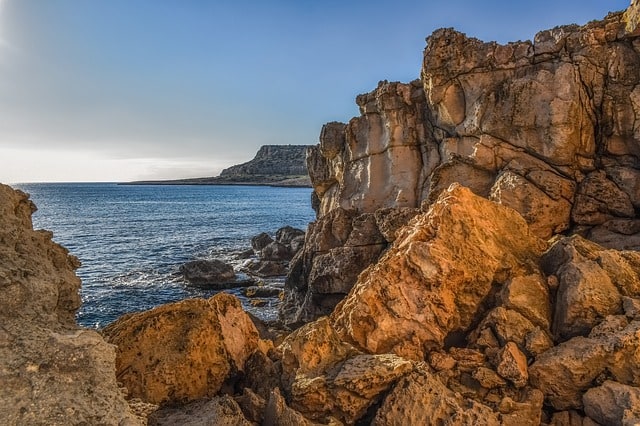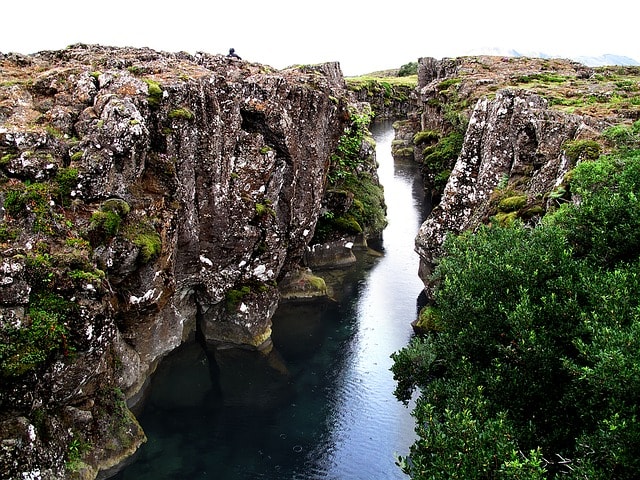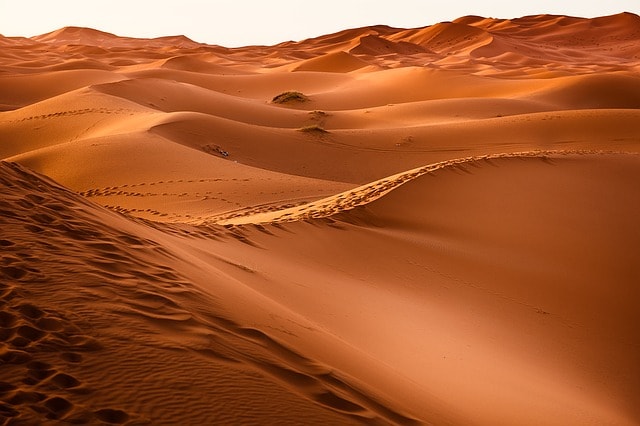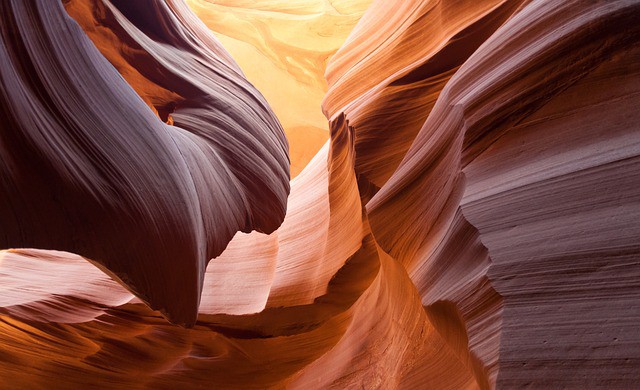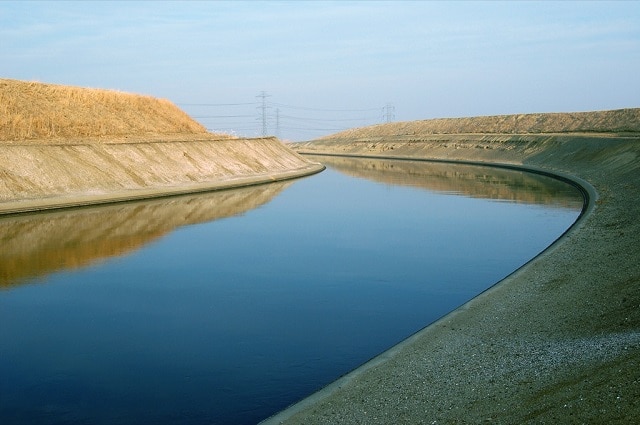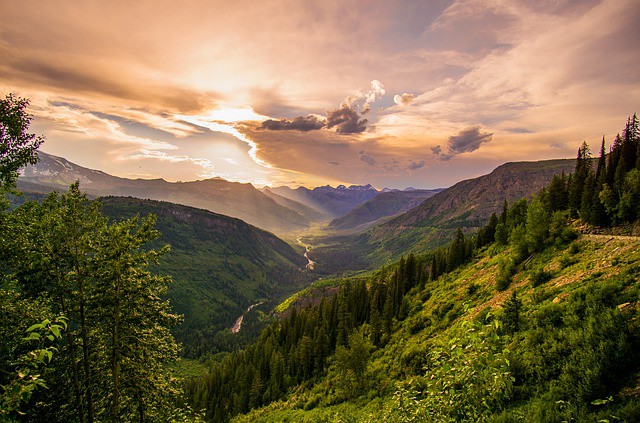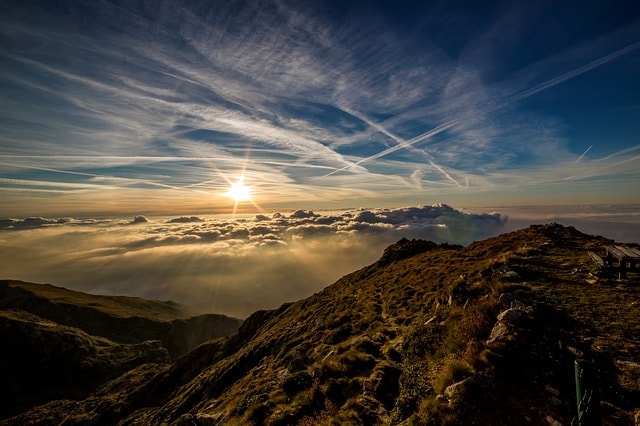Primary Consumer: Definition, Examples and Functions
In an ecological food chain, consumers are classed into primary, secondary, and tertiary consumers. Primary consumers make up the second trophic level as they feed on primary producers. In other words, primary consumers are organisms that take up food directly from plants. Primary consumers are normally herbivores. They are also referred to as heterotrophs as…

